
In August of 2013, I stuck a copper scrubby in a large canning jar filled with tap water and a bit of vinegar. I'd seen what copper does to rocks in the mountains of Colorado, and I thought it might have an interesting effect on cotton crochet thread. For those of you into designer quilting fabric, sort of my own little Cotton and Copper...
My little experiment made the most beautiful shade of turquoise blue in the water! Very similar to the glacial blue I've seen in Alaska and the gorgeous blue of Crescent Lake on the Washington Peninsula.

The color on oxalic acid-mordanted cotton isn't quite as captivating, but it's not bad, either!

Of course, we have a 12,313-foot mountain and a ski area named after the penny mineral.
My first visit to Copper Mountain was back in the mid-'90s. My adopted daughter had been diagnosed with a life-threatening disease, and a biopsy was ordered. This kid was so afraid of doctors and dentists, I had to take her mind totally off the procedure the day before. So I took both the kids snowboarding at Copper Mountain. They'd each picked up $40 snowboards at a garage sale late in the spring, and they'd been antsy to try them out all summer and fall. Both kids, already pretty good on skateboards, were able to adapt to the snowboard easily, and Copper Mountain provided a very nice distraction for a very scared little girl.
My second trip to Copper Mountain was the final day of my first Ride the Rockies. My Leadville to Copper Mountain stage was aboard a demo bicycle, the first true road bike I'd ever mounted. I was terrified while on the bike; it moved SO fast down the mountain! After the initial shock wore off, I fell in love with the ease of pedaling a road bike uphill. I bought the road bike I'm still riding today, 11.5 years later, the next spring after receiving my tax return.

Crystal Peak, Pacific Peak and Copper Mountain Ski Runs by The Lizard
Copper Mountain also hosts the start line for the Copper Triangle, a three-day bicycle ride benefitting the Davis Phinney Foundation, which serves those affected with Parkinson's.
The ski scenes in "Dumb and Dummer" were shot at Copper Mountain. I was working at the newspaper in Estes Park at the time, and portions of the film were shot there, too. My editor sent me to the Stanley Hotel (which also served as an inspiration in the Stephen King novel, "The Shining") to get photos of Jim Carrey. I wasn't a huge movie buff, so I didn't know who he was. I was the laughing stock of the newspaper staff when the sports editor snapped a photo of me and my big telephoto lens standing cluelessly right next to the actor. Lloyd Christmas thought it was pretty funny, too.
Brian, I'd love to have a copy of that photo if you have one!

The Stanley Hotel during my 2013 Ride the Rockies
Copper was first discovered in the area in the mid 1850s, resulting in the name, Copper Mountain. Although the first US Forest Service survey of the area touted the ski terrain potential, the valley at the foot of Copper Mountain, then known as Wheeler Junction, initially was promoted as prime trout-fishing and horseback-riding territory.
Twelve states have mountains wearing the name Copper! Copper Mountain also is the name of a 1983 movie starring, you guessed it, Jim Carrey.
You may do whatever you'd like with snowflakes you make from this pattern, but you may not sell or republish the pattern. Thanks, and enjoy!

Finished Size: 4 inches from point to point
Materials: Size 10 crochet thread, size 8 crochet hook, empty pizza box, wax paper or plastic wrap, cellophane tape, water soluble school glue or desired stiffener, water, glitter, small container for glue/water mixture, paintbrush, stick pins that won't be used later for sewing, clear thread or fishing line
Copper Mountain Snowflake Instructions, American Terminology
Make magic ring.
Round 1: Ch 7 (counts as 1 dc and ch 5), * 1 dc in ring, ch 5; repeat from * 3 times; 1 dc in ring, ch 2, 1 tr in 2nd ch of starting ch 7 to form 6th ch 5 sp of Round. Pull magic circle tight.
Round 2: Ch 2 (counts as 1 dc), 1 dc over post of tr directly below, 1 hdc in same sp, 1 sc in same sp, * 1 sc in next ch 5 sp, 1 hdc in same sp, 3 dc in same sp, 1 hdc in same sp, 1 sc in same sp; repeat from * around 4 times; 1 sc in next ch 5 sp, 1 hdc in same sp, 1 dc in same sp; sl st in 2nd ch of starting ch 2.
If you're not reading this pattern on Snowcatcher, you're not reading the designer's blog. Please go here to see the original.
Round 3: 1 sc in same ch as sl st, ch 10, * 1 sc in middle (2nd) dc of next 3/dc group, ch 10; repeat from * around 4 times; sl st in starting sc.
Round 4: * 3 sc in next ch 10 sp, 3 hdc in same sp, 3 dc in same sp, ch 3, sl st in top of dc just made (picot made), 3 dc in same ch 10 sp, 3 hdc in same sp, 3 sc in same sp, ch 6, 1 trtr in 6th ch from hook, ch 6, 1 sc in 6th ch from hook, ch 6, sl st in sc, ch 5, sl st in sc (tri picot made), ch 6, 1 trtr in 6th ch from hook; repeat from * around 5 times; sl st in starting sc; bind off. Weave in ends.
I haven't stopped or finished working on my special project; I've just been super busy lately, plus, my Big Gun camera is back in the shop for six to eight more weeks. I haven't been as motivated to take pictures of my growing collection of white snowflakes. When my camera comes back (assuming it will), I expect a big blizzard flurry to rival any real storm when I began catching up in the Flickr gallery! Another prize is on the way, as well, and I'm hoping to award one more before this thing is through.

Copper Mountain Snowflake Instructions, British Terminology
This is the most challenging translation I've done so far, and I hope I have it right. There were stitches in this one I didn't know how to write!
Make magic ring.
Round 1: Ch 7 (counts as 1 tr and ch 5), * 1 tr in ring, ch 5; repeat from * 3 times; 1 tr in ring, ch 2, 1 dtr in 2nd ch of starting ch 7 to form 6th ch 5 sp of Round. Pull magic circle tight.
Round 2: Ch 2 (counts as 1 dc), 1 tr over post of dtr directly below, 1 htr in same sp, 1 dc in same sp, * 1 dc in next ch 5 sp, 1 htr in same sp, 3 tr in same sp, 1 htr in same sp, 1 dc in same sp; repeat from * around 4 times; 1 dc in next ch 5 sp, 1 htr in same sp, 1 tr in same sp; sl st in 2nd ch of starting ch 2.
If you're not reading this pattern on Snowcatcher, you're not reading the designer's blog. Please go here to see the original.
Round 3: 1 dc in same ch as sl st, ch 10, * 1 dc in middle (2nd) tr of next 3/tr group, ch 10; repeat from * around 4 times; sl st in starting dc.
Round 4: * 3 dc in next ch 10 sp, 3 tr in same sp, 3 tr in same sp, ch 3, sl st in top of tr just made (picot made), 3 tr in same ch 10 sp, 3 htr in same sp, 3 dc in same sp, ch 6, 1 qtr in 6th ch from hook, ch 6, 1 dc in 6th ch from hook, ch 6, sl st in dc, ch 5, sl st in dc (tri picot made), ch 6, 1 qtr in 6th ch from hook; repeat from * around 5 times; sl st in starting dc; bind off. Weave in ends.
Finish: Tape wax paper or plastic wrap to top of empty pizza box. Pin snowflake to box on top of wax paper or plastic wrap.
If using glue, mix a few drops of water with a teaspoon of glue in small washable container. Paint snowflake with glue mixture or desired stiffener. Sprinkle lightly with glitter. Wash paintbrush and container thoroughly. Allow snowflake to dry at least 24 hours. Remove pins. Gently peel snowflake from wax paper or plastic wrap. Attach 10-inch clear thread to one spoke, weaving in end. Wrap fishing line around tree branch (or tape to ceiling or any overhead surface) and watch the snowflake twirl freely whenever you walk by! Snowflake also may be taped to window or tied to doorknob or cabinet handle.
Dyeing Thread with Copper
At Heidi's suggestion, here is how I did my copper thread and yarn.
I put a copper kitchen scrubby in a clean, glass canning jar of water with about two tablespoons of vinegar, and I placed the jar in the window that gets the most sun for probably six to eight months. The water in the jar slowly turned to that gorgeous glacial blue, and the scrubby slowly deteriorated into icky.
I don't think there's any time limit on how long you leave the copper water in the sun because mountain streams I've seen with copper have been running for millenia and haven't caused the mountain any harm. However, I wouldn't drink the water! I also will not use the canning jar for kitchen purposes anymore. It is a designated dye jar now.
Always use protective gloves when working with natural dyes. Some instructions also say always wear a breathing mask.
When I had time to start playing with the yarn and thread, I strained the icky leftovers of the scrubby out and put the scoured (hand-washed with Borax and NO softener in the dryer) yarn and thread (wound in hanks around the back of my dining room chairs and secured in four or five places with ties of yarn of a different color) in the jar and left it in the window for another month or so. I have never done this with wool, but I've read wool fibers will become brittle in metallic mordants if left longer than about half an hour, so do not do this with wool. Cotton seems to be okay with the long exposure, at least in my experiments.
When I was satisfied with the shade on the yarn and thread (squeeze it tight to get an idea of the color it will be when dry), I removed it and let it hang dry on PLASTIC hangers for a few days. It actually dried fairly quickly, but I like to let the color cure. Do not use metal hangers. They will alter the color of your mordant. Yes, I found out the hard way. Iron is good if you are looking for browns, but when you want glacial blue, do not let mineral iron anywhere near your fiber!
After about three or four days, I hand-washed the yarn and thread with Dawn dish soap, then rinsed with Suave conditioner (I used coconut scent because that was my craving at the time, and it leaves a very faint aroma on the yarn while making it smooth and silky), then allowed it to dry thoroughly again. When dry, I wound it into balls and began crocheting with it, and voila! Today's snowflake is one of the beautiful results!

Last Summer's Lupine at Copper Mountain






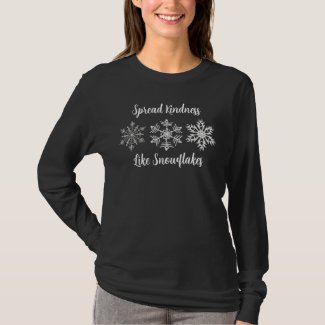
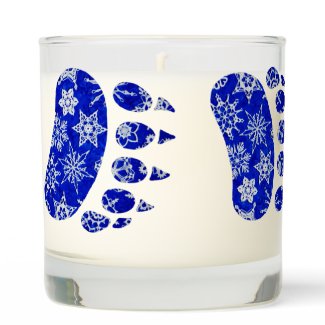
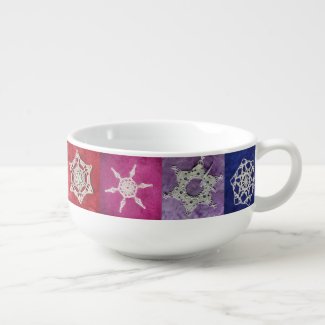

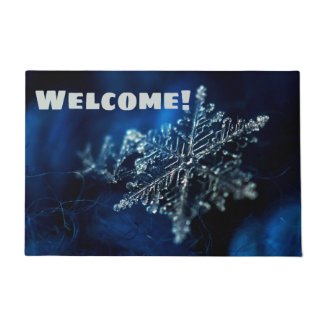
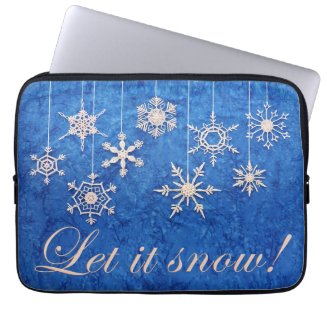
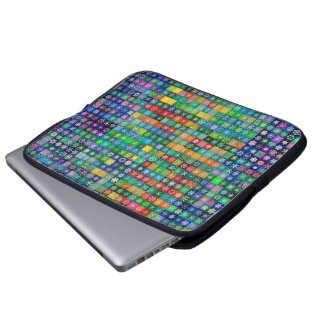
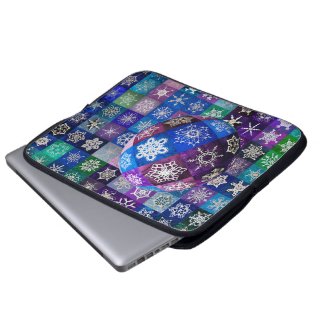















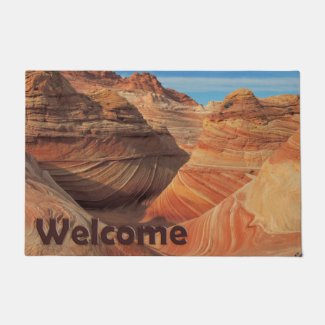
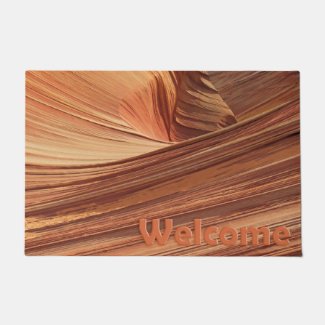

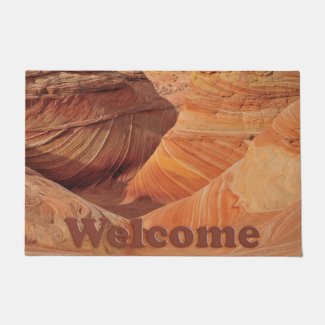
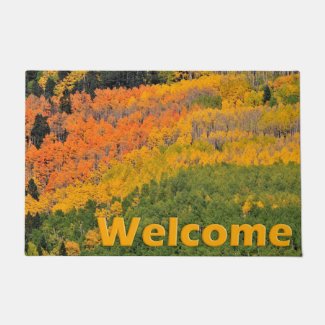
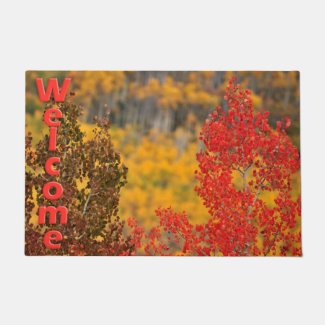
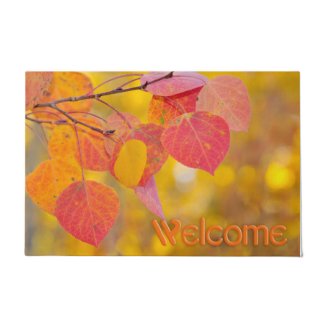
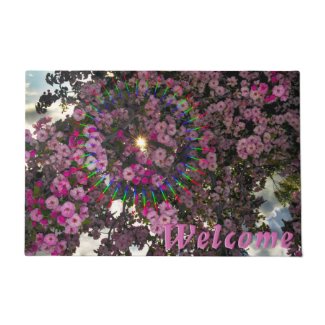
lmao, so you stood right beside him and didn't know, yeah that is rather funny hahaha I've seen copper mountain with him too, was rather short from what I recall
ReplyDeleteYes, I confess, Pat. I had no clue who he was. Back then, all the girls in my office used to giggle at me because I didn't know who the guy on the ladies' bathroom poster was, either. (It was Mel Gibson, and I didn't know who he was back then, either.)
DeleteYou are so adventurous!
ReplyDeleteThat's what's it all about, Charlotte!
DeleteDeb, the thread is absolutely beautiful! Such a delicate shade of pale turquoise and perfect for snowflakes.
ReplyDeleteWhat a fun post - I remember reading about your "borrowed" bike in that RtR. Guess that makes this a "something borrowed, something blue" post? :D
Ooooh, yes! You are so sharp, Sue!
DeleteDeb, I absolutely love your flakes.. admittedly Spindrift is my favorite so far, but I LOVE that delicate shade of blue you got on this thread.. is there any chance you could give detailed instructions as to how you did this? please and thank you!?
ReplyDeleteThanks, Heidi! I thought I'd given more detail than I did, perhaps because I've written so much about my natural dyeing experiments, but I see this one doesn't have much detail. So I will add that to the post. Thank you for the head's-up!
DeleteHello,Is there any way that this beautiful snowflake be in a video tutorial? I am a beginner crocheter and it would be so much easier for me to see how its done step by step. Thank you
ReplyDeleteThank you, and welcome! I don't think anyone has done a video tutorial of this one, but Annabelle Tracy has done video tutorials of several of my patterns this year. I have not had time to cross link them yet, but you can go through her directory at http://www.crochetreasures.com/. If you like some of the snowflakes she has done, following along as she works them might help you develop the skills to be able to do this one, which isn't too difficult.
Delete